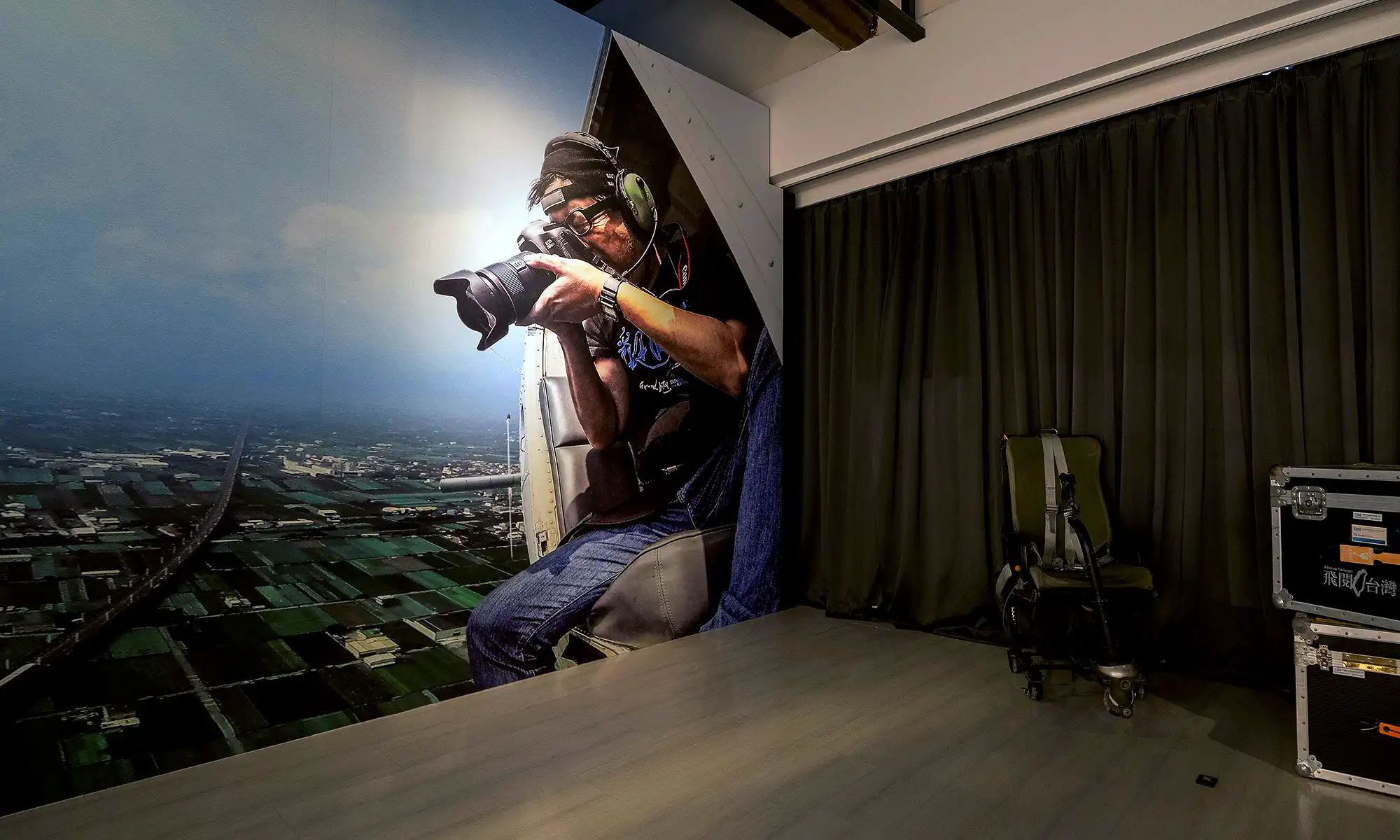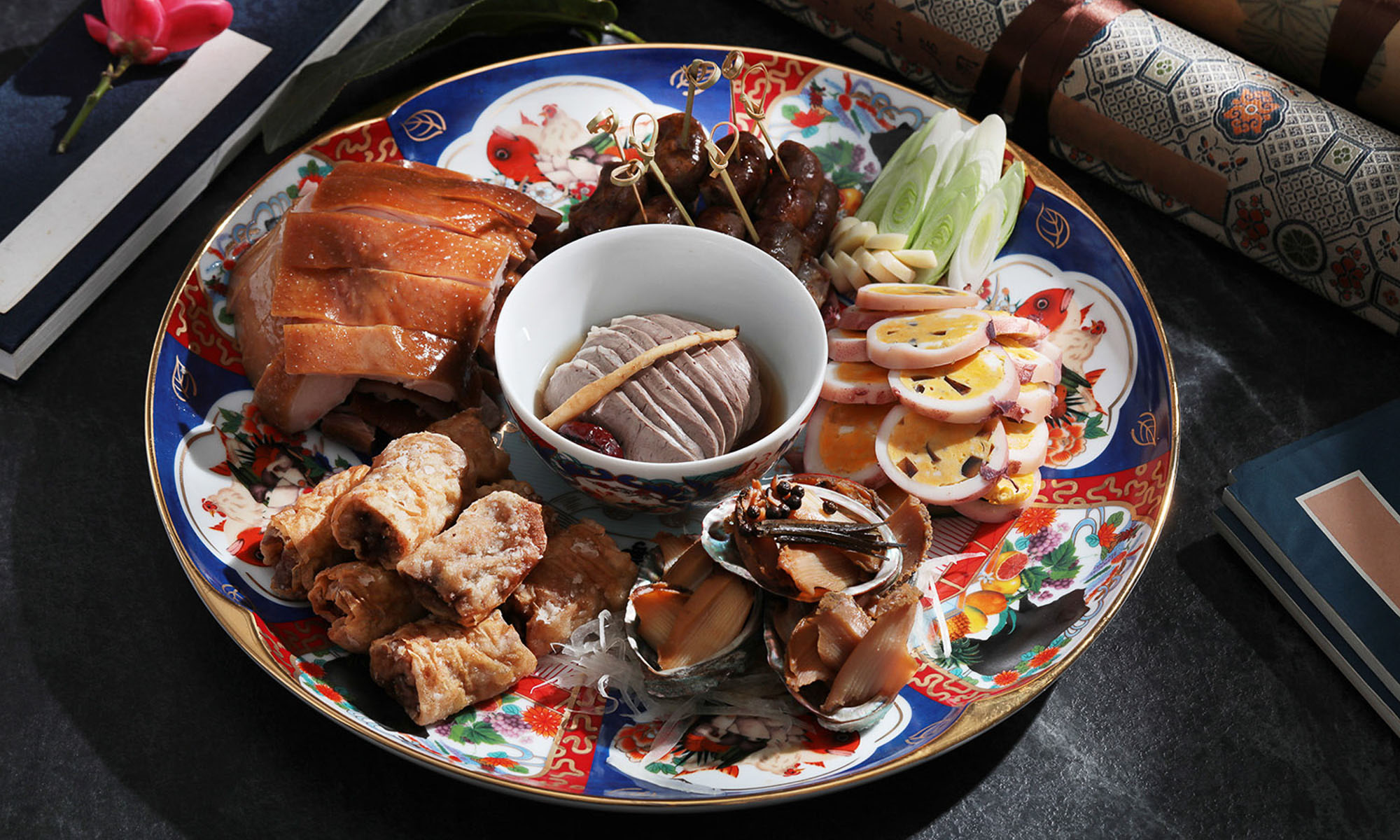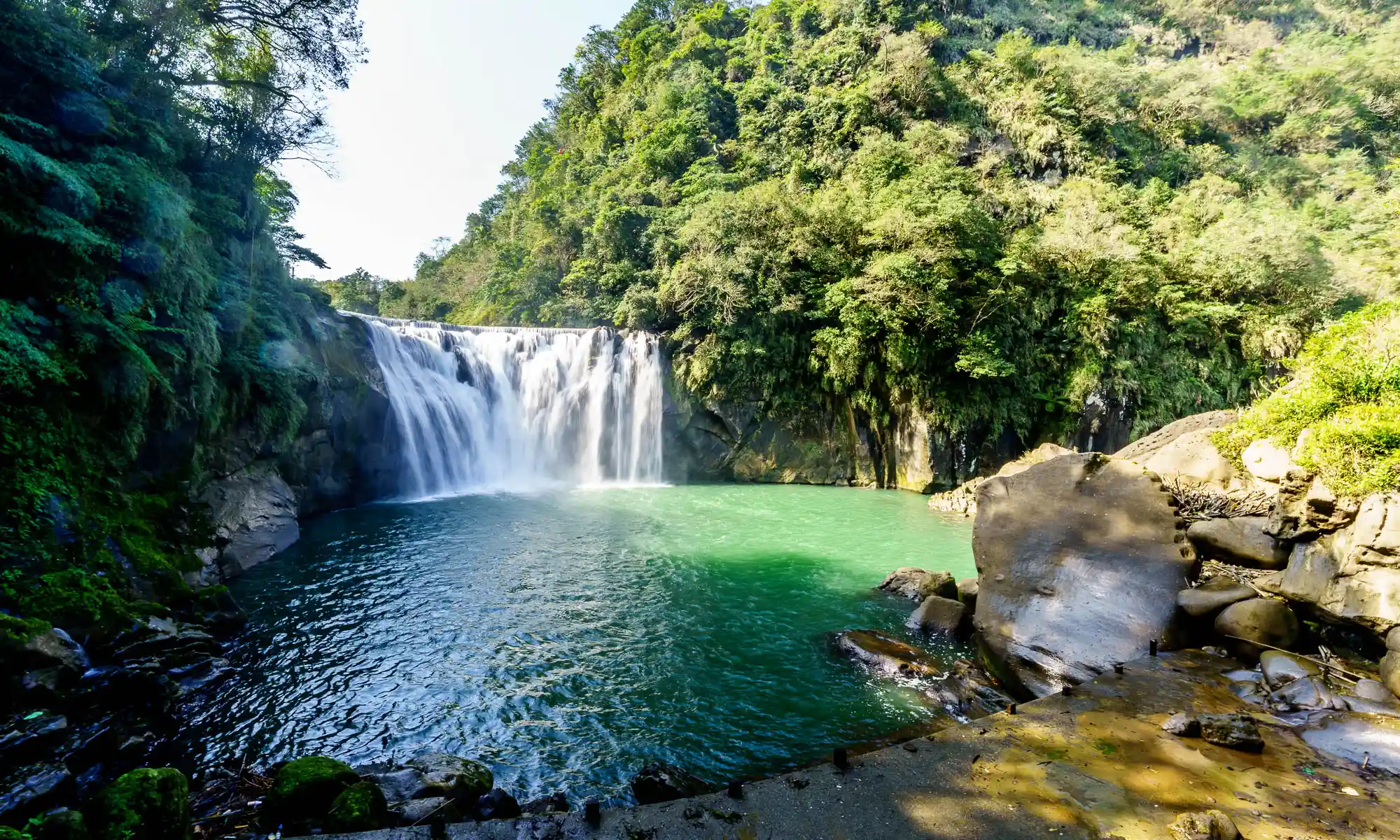A BIRD’S EYE VIEW OF TAIWAN’S BEAUTY
The Chi Po-lin Museum, located adjacent to Tamsui Old Street, offers a unique perspective on Taiwan’s beauty, while telling the story of one of the island’s greatest environmental heroes, Chi Po-lin. Dedicated to promoting the works and spirit of the famous Taiwanese documentary filmmaker, aerial photographer, and environmentalist, the museum is home to a selection of Chi’s works, and also exhibits the works of contemporary Taiwanese and foreign artists who speak to ecological and environmental issues.
Taiwan’s Environmentalist Folk Hero
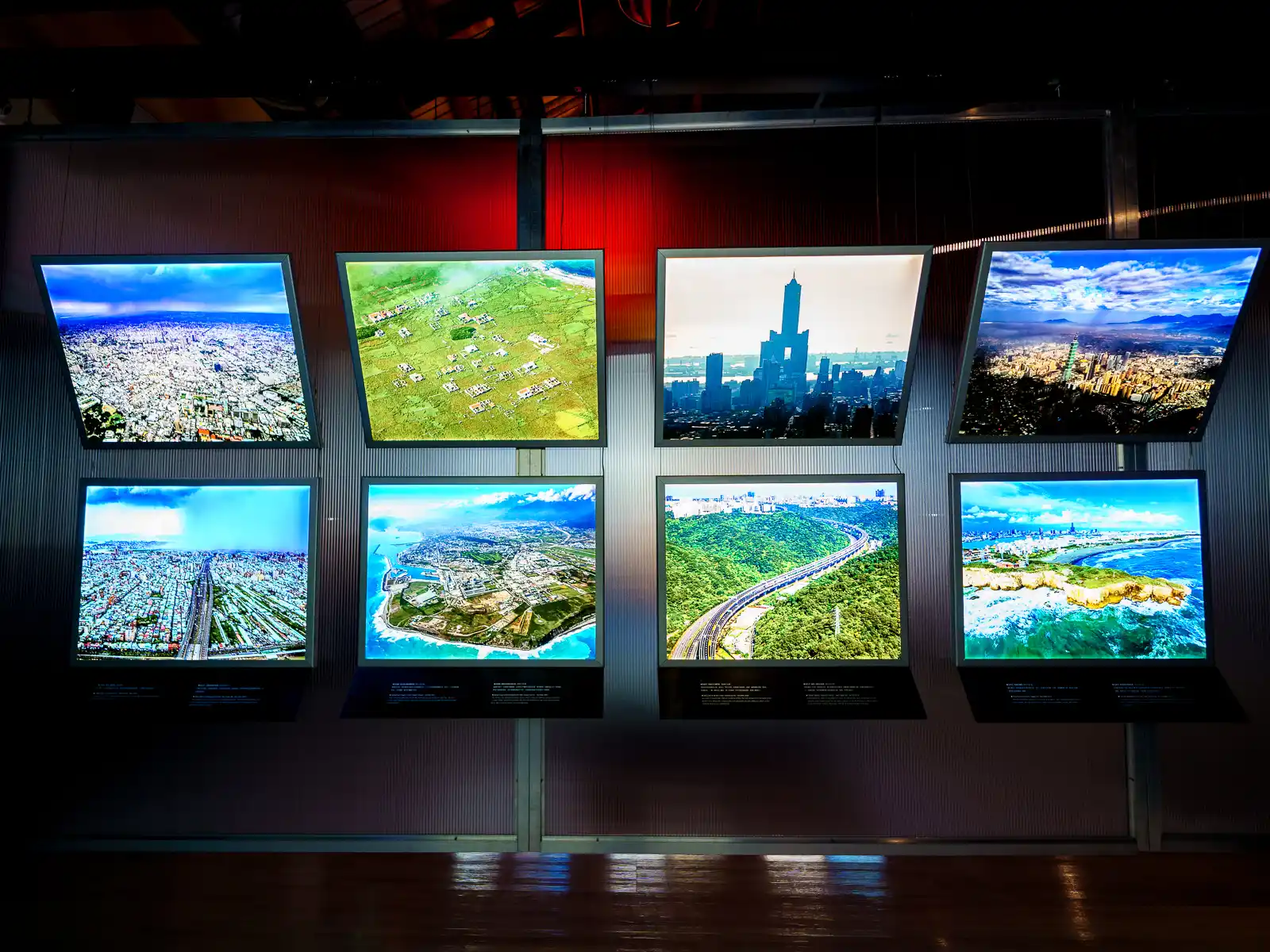
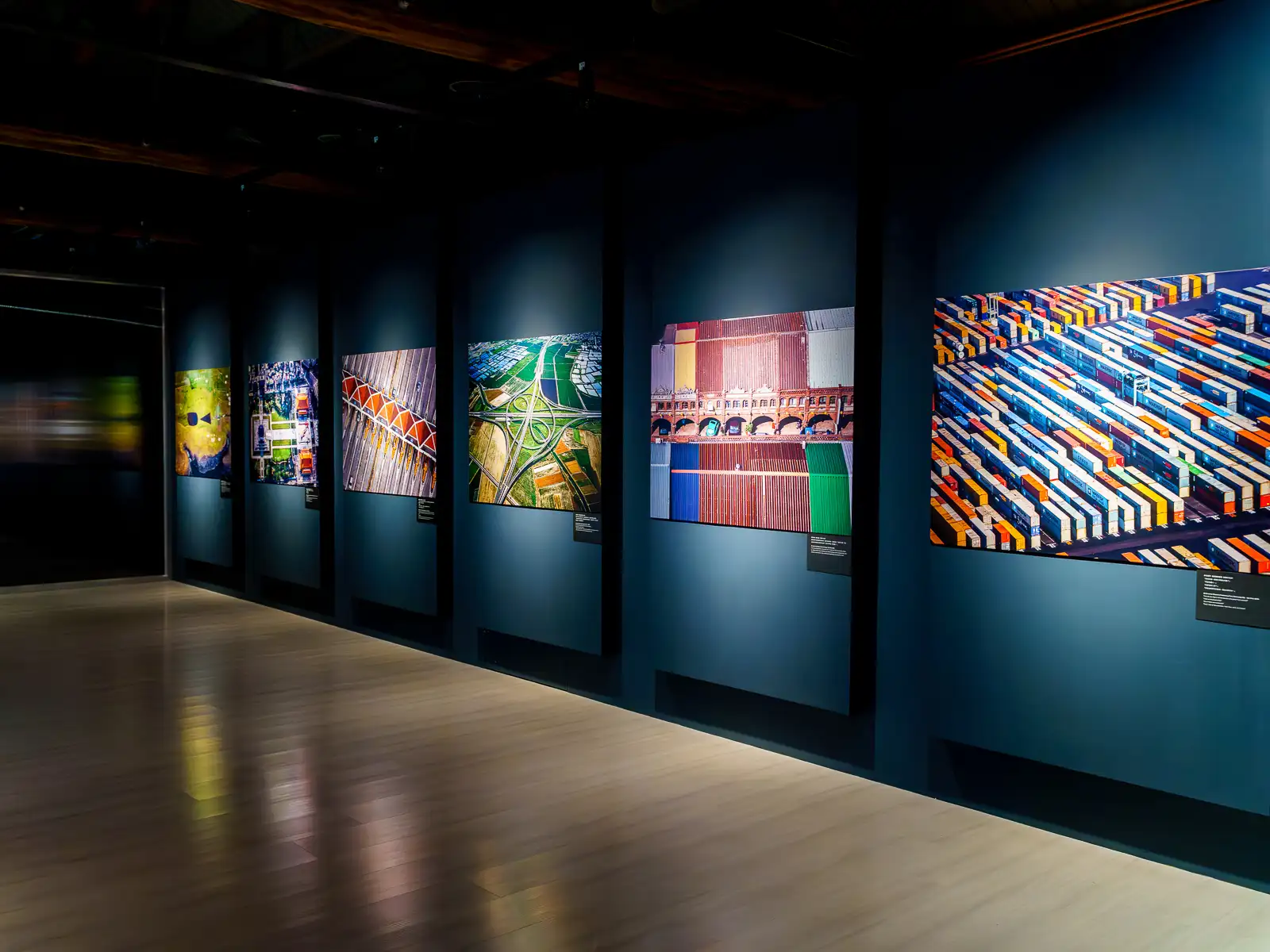
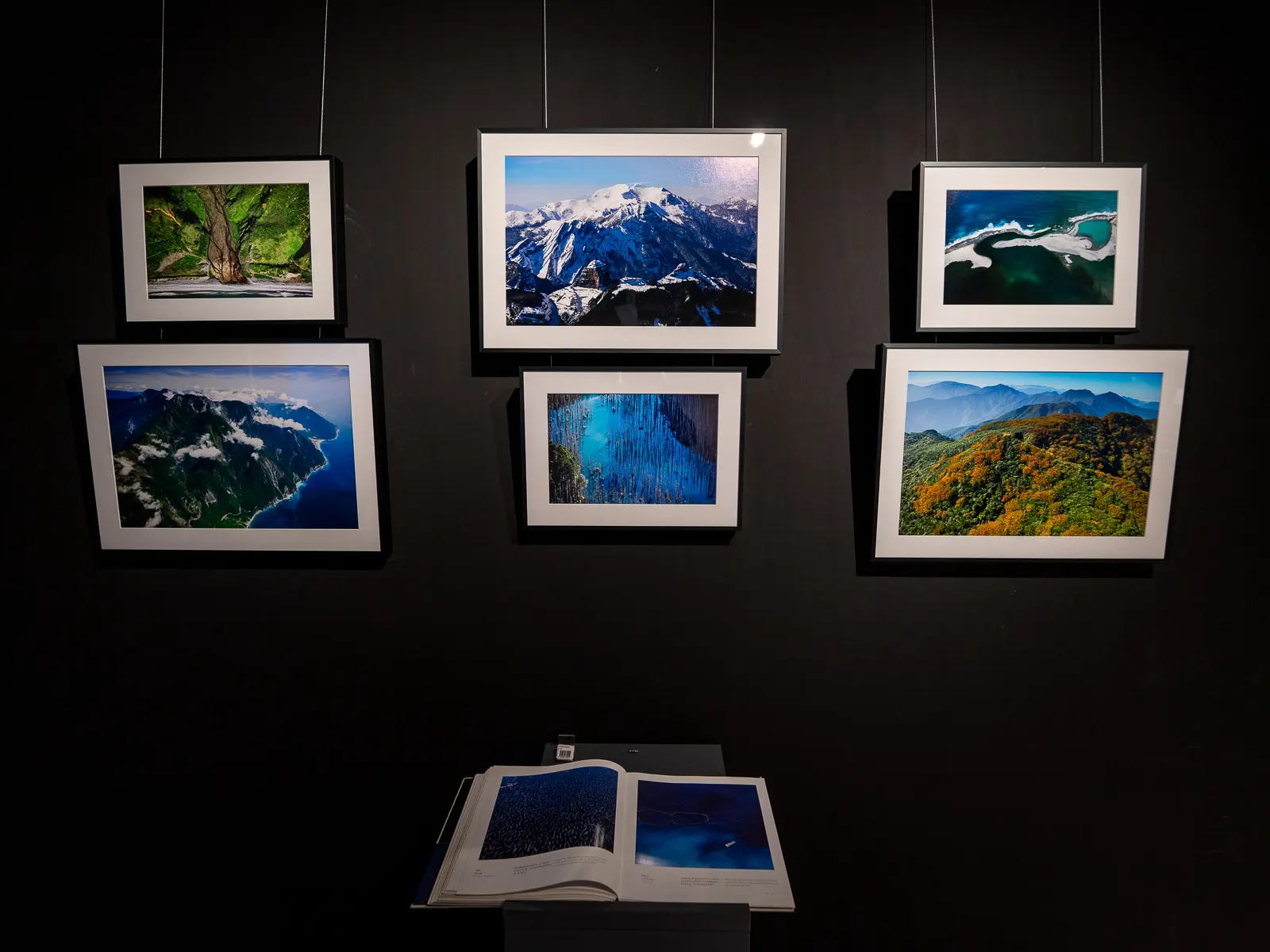
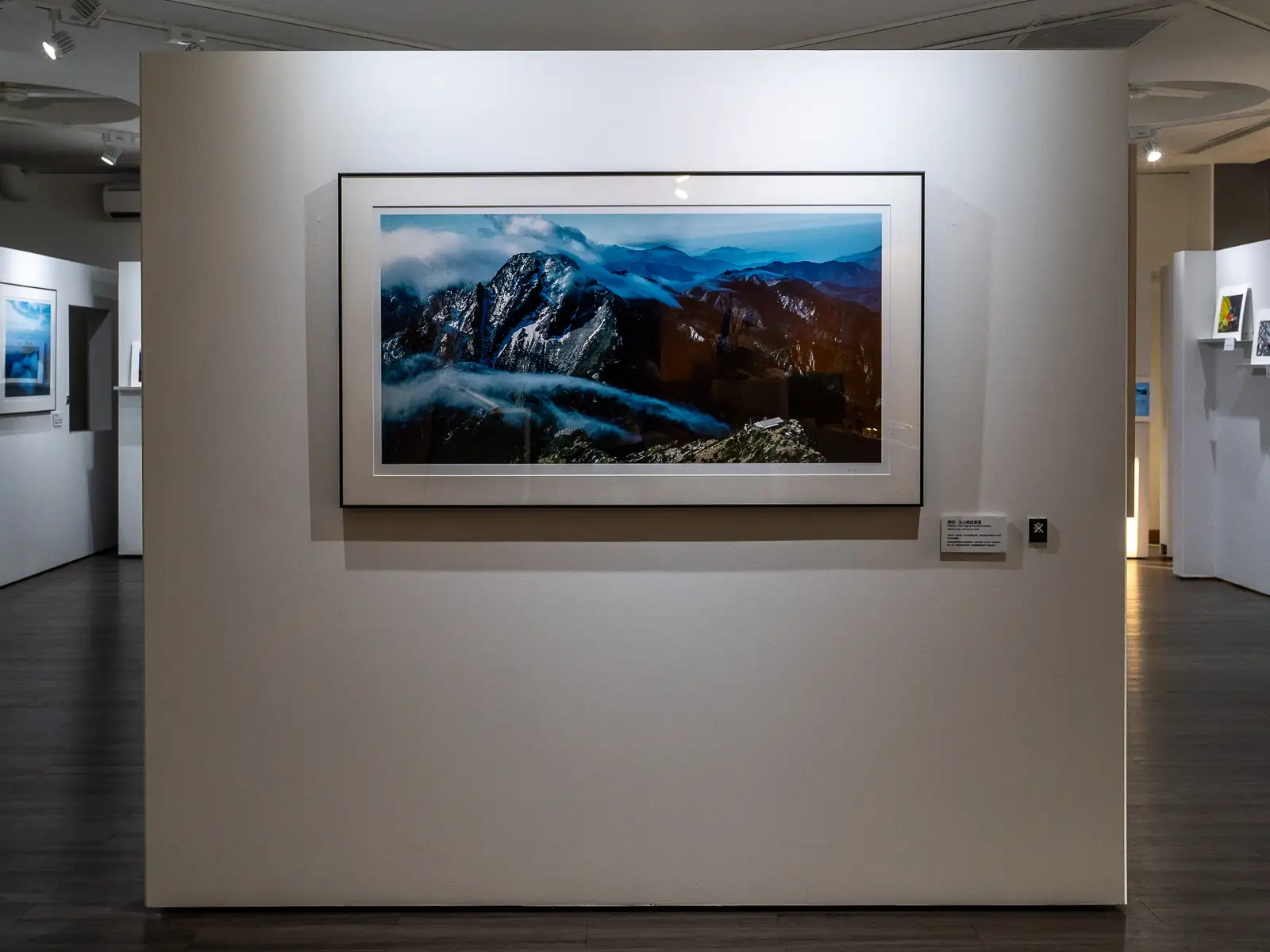
Chi Po-lin started his career as a commercial photographer before moving into the public sector where he worked as an aerial photographer documenting civil construction projects. Throughout his career, he accumulated 2,500 flight hours, and amassed over 600,000 aerial photographs ( selections of which are now exhibited in the museum).
After personally witnessing the destruction inflicted upon Taiwan by Typhoon Morakot, he decided to risk everything he had worked for to this point to share his environmental concerns with the rest of Taiwan. Just before he became eligible for retirement, and just three years shy of receiving his pension, he quit his job, mortgaged his house, and borrowed money from friends, all in order to finance his first feature documentary: “Beyond Beauty: Taiwan from Above”.
In his personal journal, he stated: “At the age of 47, just three years before I became eligible for retirement, I quit my civil servant job to become a full-time aerial photographer. I will be dedicating the rest of my life to what I love the most. I am very frightened but very happy”.
Beyond Beauty: Taiwan From Above
Chi’s first feature-length documentary, “Beyond Beauty: Taiwan From Above”, broke box office records for largest opening weekend and highest total gross for a locally produced documentary, and went on to win the Best Documentary category at the 2013 Golden Horse Awards (the most prestigious film festival in Asia).
The film, composed entirely of aerial cinematography, is famous for showing Taiwan at its most beautiful while also documenting its people, their culture, and the effects of urbanization and industrialisation on the land. Its montages juxtapose beautiful footage of Taiwan’s high mountains, rivers and natural landscapes with introspective scenes that reflect the influence people have had on the island, including images of agriculture, industry and urban sprawl.
He Gave His Life For Taiwan
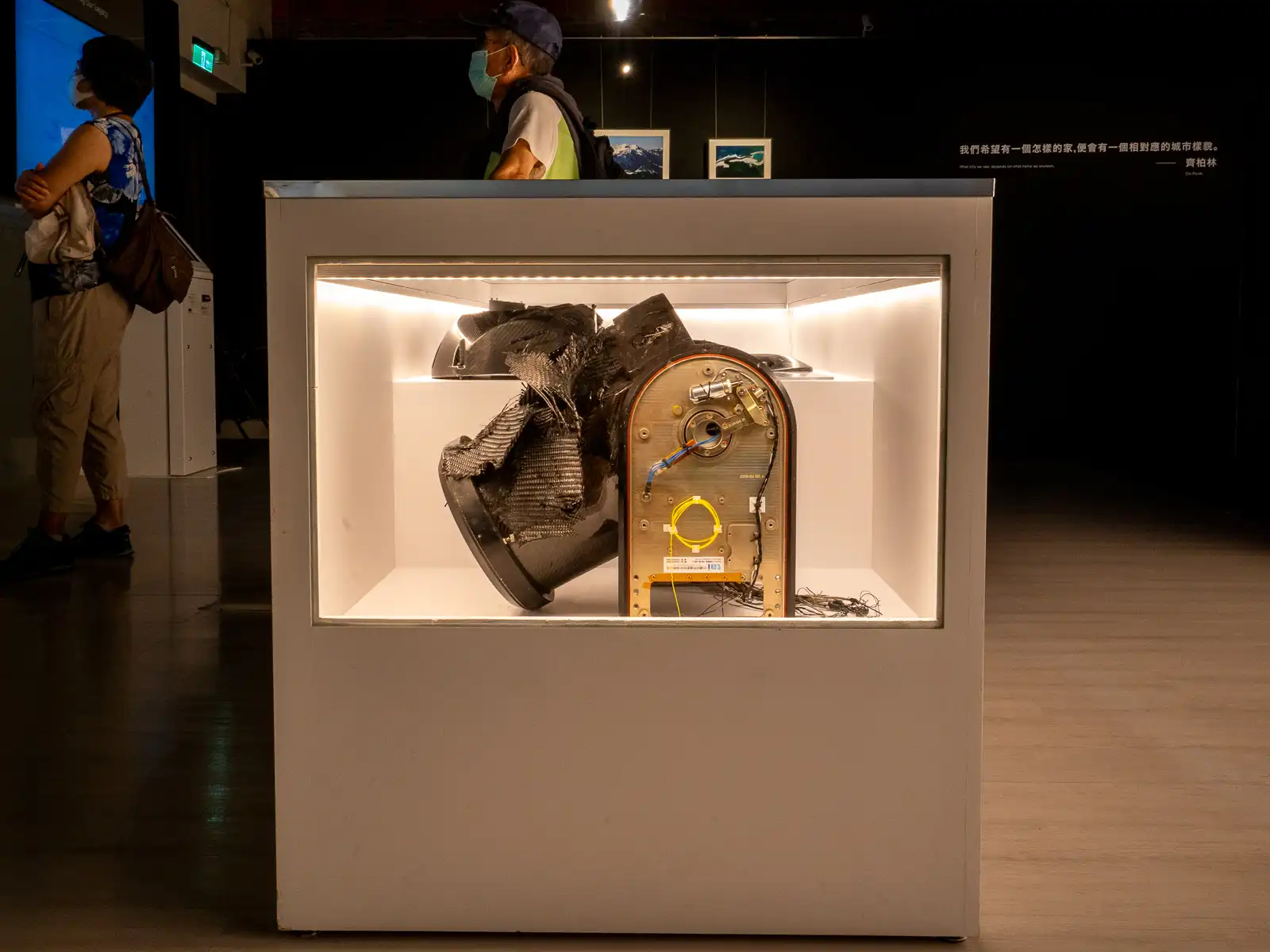
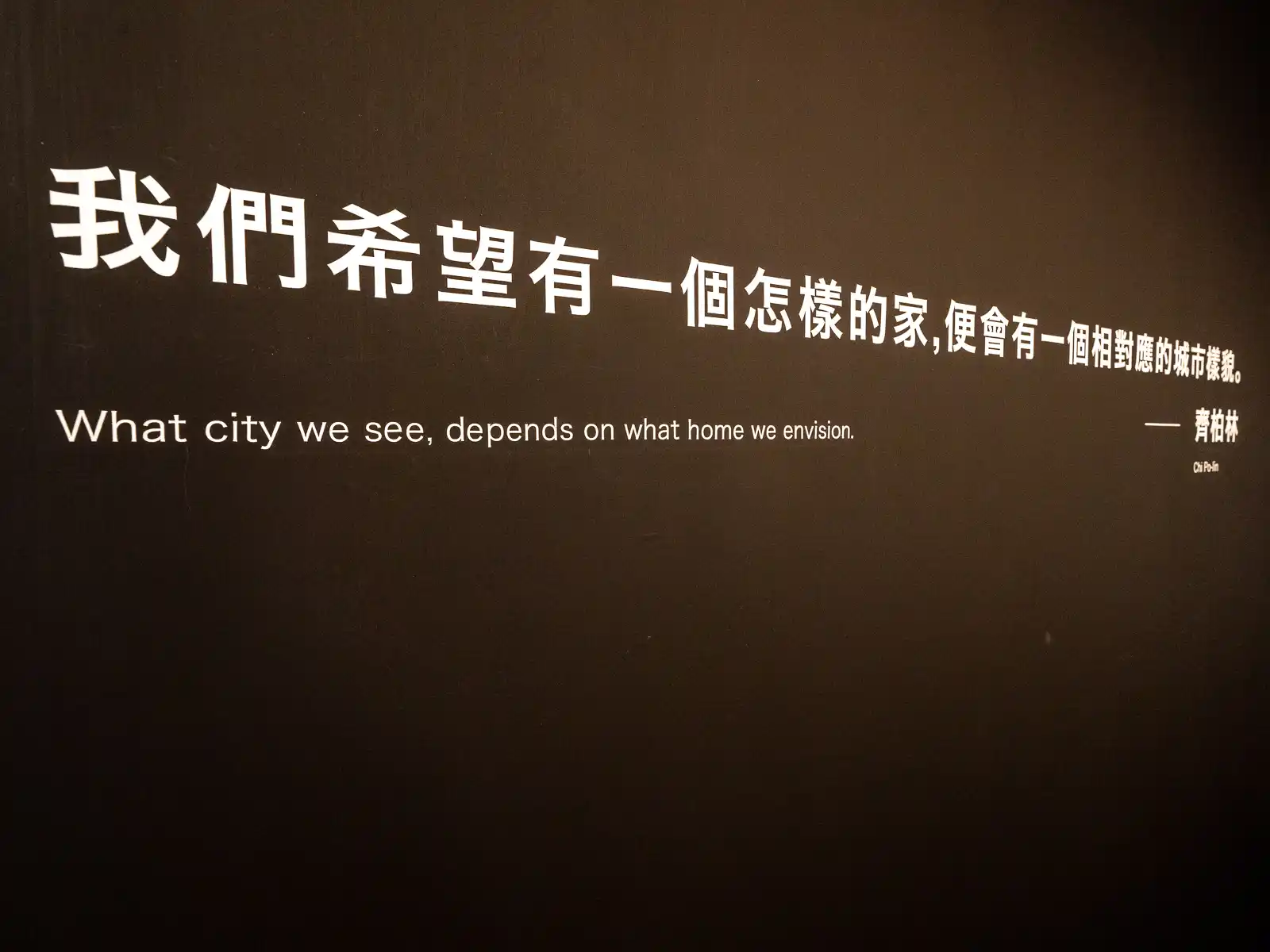
After the success of his now-legendary documentary, Chi was planning a sequel which would include footage from New Zealand, Japan, Malaysia and China, as well as underwater cinematography, in order to express that environmental protection shouldn’t be limited by national borders. Tragically, while scouting locations along Taiwan’s beautiful East Rift Valley, a fatal helicopter crash resulted in the premature deaths of Chi and all those aboard.
In spite of this tragedy, Chi’s spirit lives on through the Chi Po-lin Foundation, which funds local activism, spearheads environmental education, and cultivates new filmmaking talent, as well as through the Chi Po-lin Museum, which serves as a monument to his life’s accomplishments and a platform through which the stories of Taiwan’s land may be told.
The Chi-Po-lin Foundation has since digitized archives of Chi’s aerial photography, thus ensuring that Chi’s life’s work is preserved for future generations, and has used these materials as a springboard to produce educational resources that speak to the themes of environmentalism and land management.
Chi Po-lin Museum
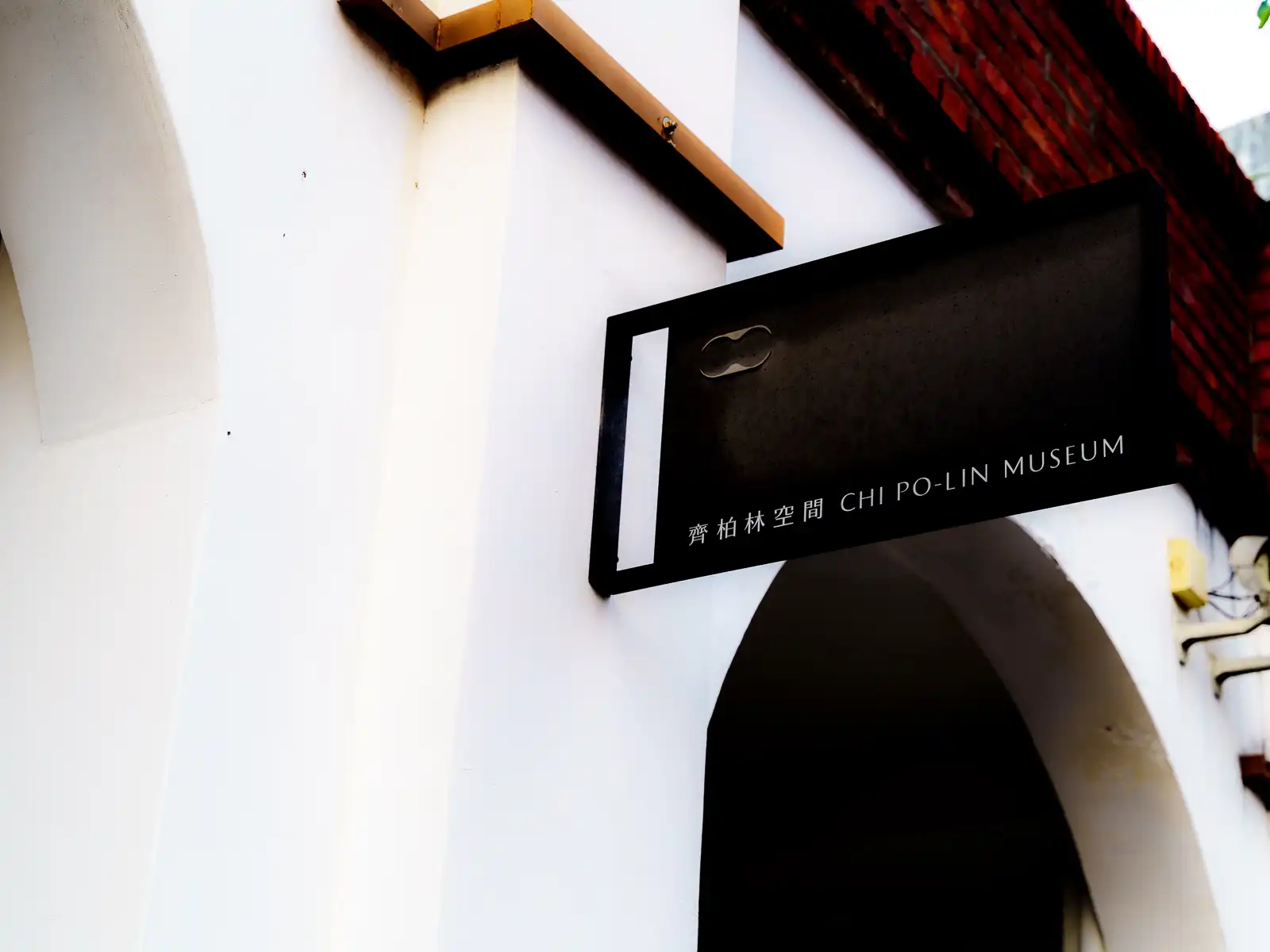
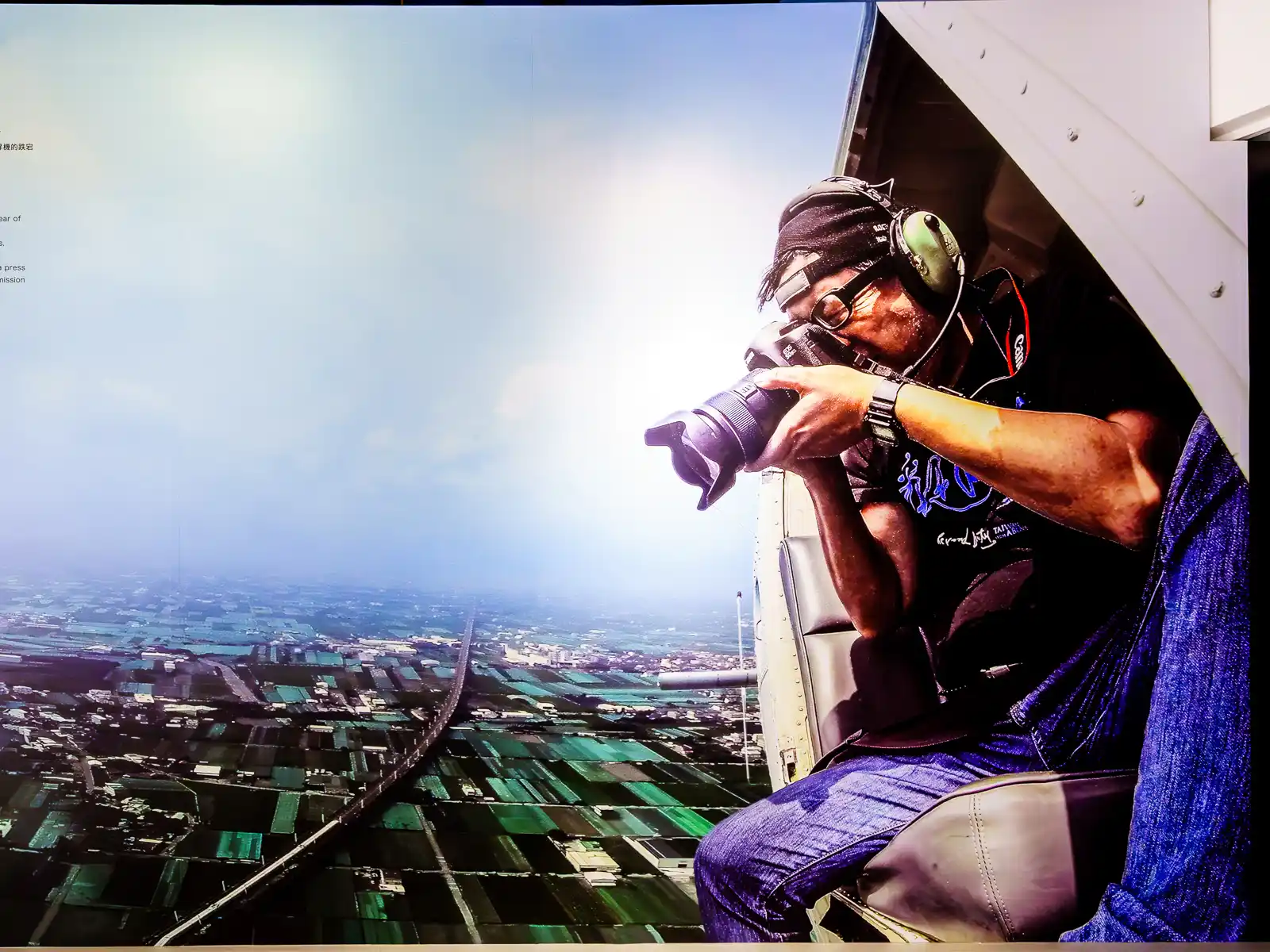
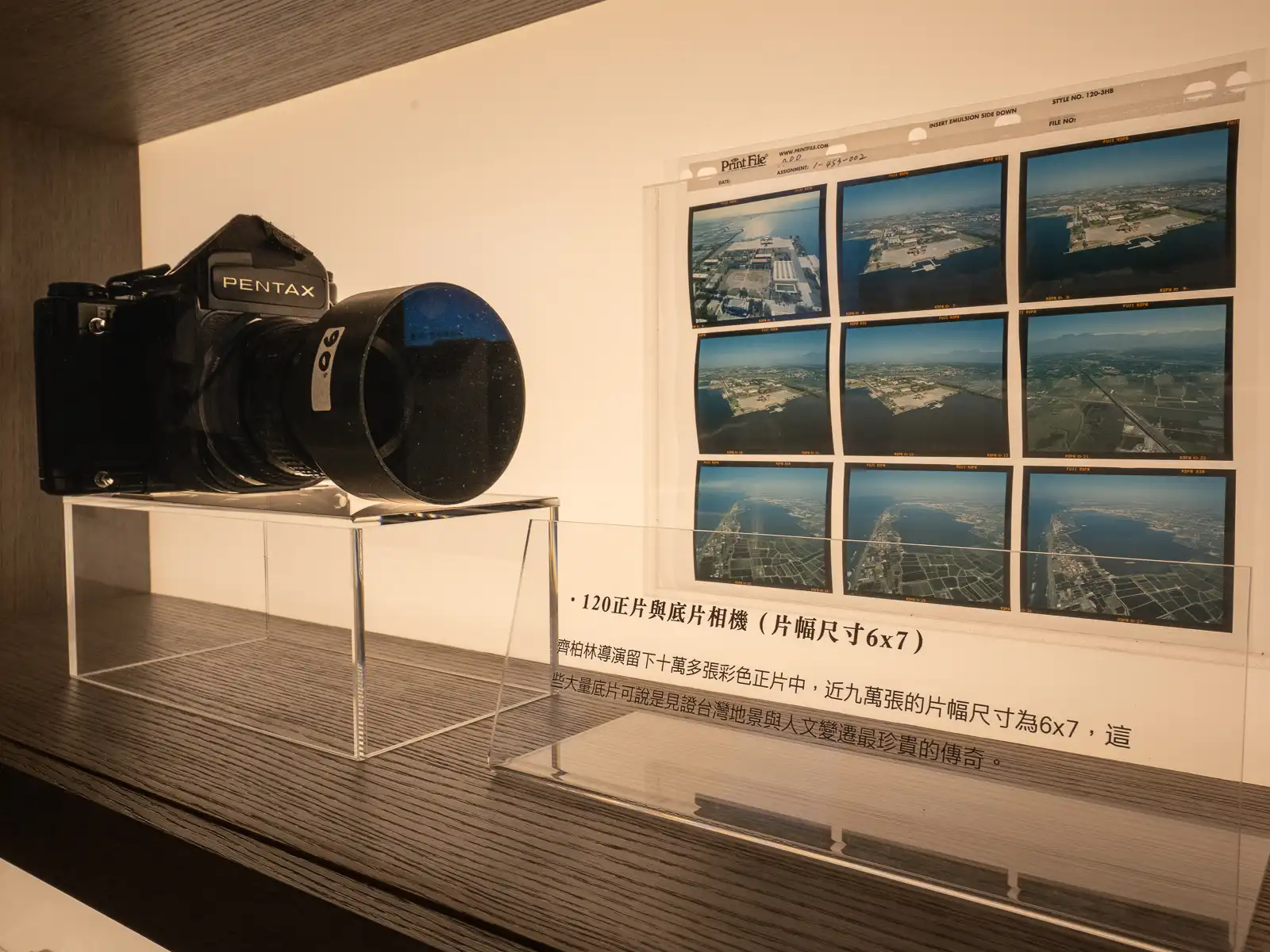
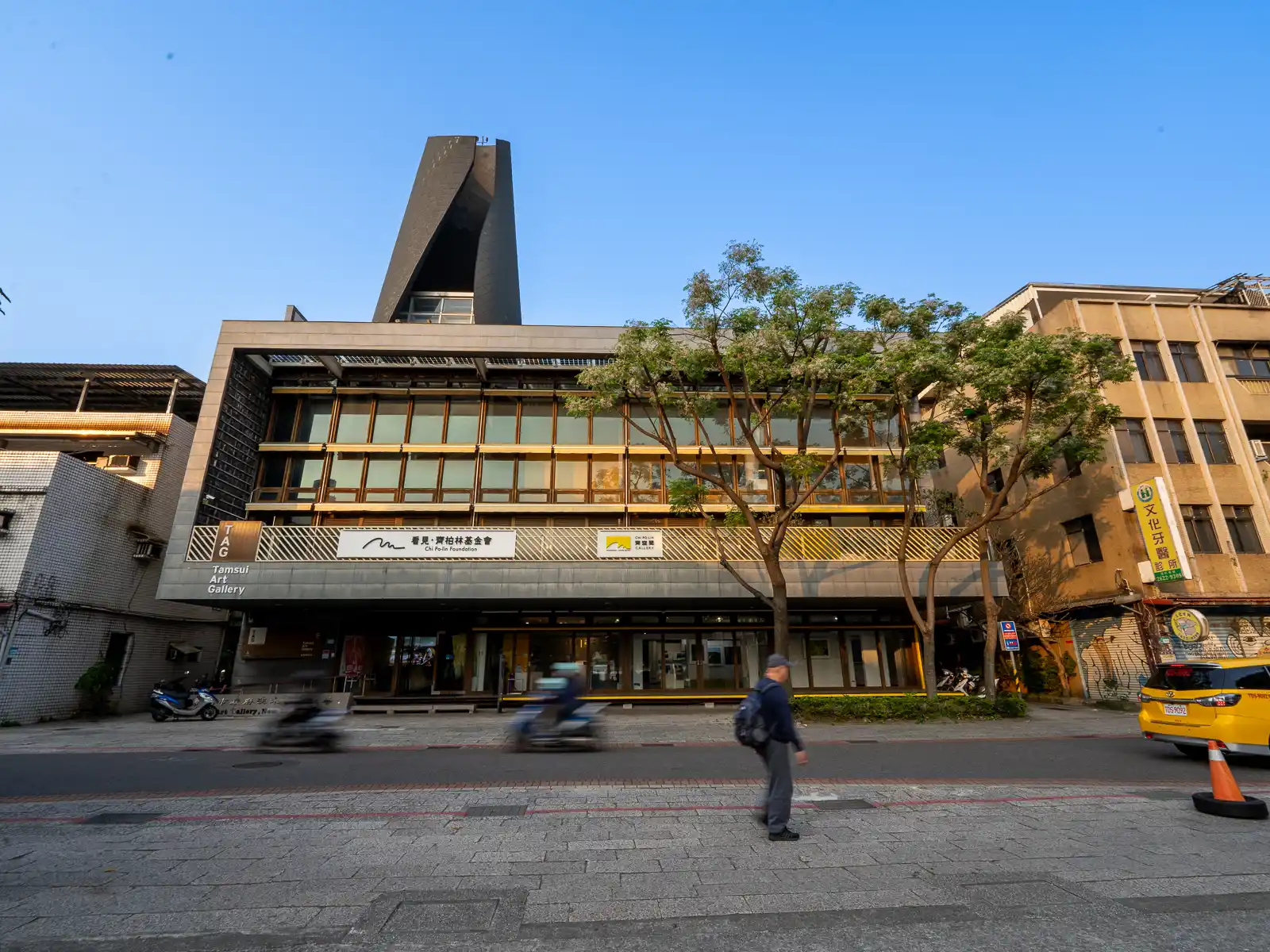
The Chi Po-lin Museum, housed in a rear building of Douglas Lapraik & Co on Tamshui Old Street, pays tribute to Chi Po-lin’s legacy, tells his heartwarming story, and ensures that the spirit of his activism lives on.
The museum includes areas dedicated to Chi, his life as an aerial photographer and observer, and continues his mission of advocating for greater environmental awareness through hosting thematic and curatorial exhibitions. The space exhibits selections from the collection of over 600,000 photographs left behind by Chi, as well as new works created from archives of his unpublished works, and works of relevant contemporaries.
For anyone who finds themselves captivated by Taiwan’s unique natural beauty and its equally mesmerizing sprawling urban centers, or who is concerned with narratives regarding land, the Chi Po-lin museum is a must visit.

